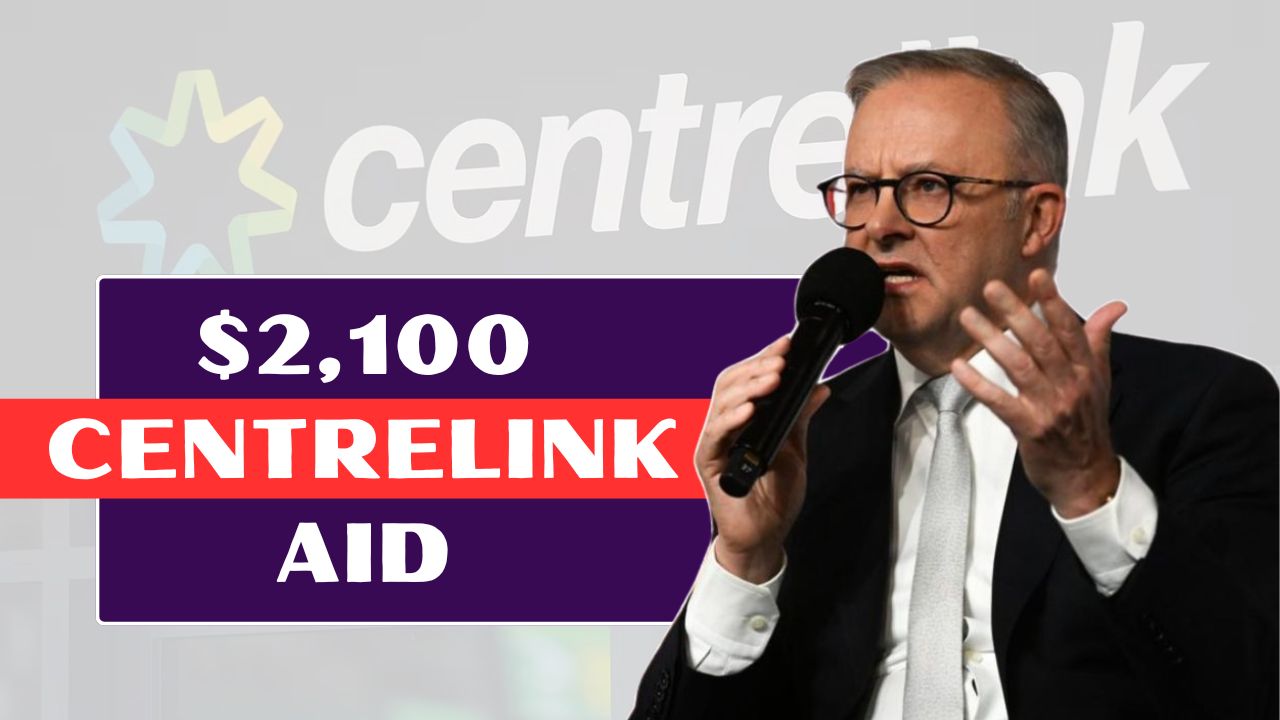In an effort to counteract rising living costs and mounting economic pressure on vulnerable groups, the Australian government has launched a major new initiative: the $2,100 Centrelink Relief Strategy.
Announced in early 2025, this significant financial support package aims to provide targeted assistance to low-income earners, pensioners, carers, and those receiving government benefits. Here’s a full breakdown of what the strategy involves, who can benefit, and how it will be rolled out across the country.
What Is the $2,100 Centrelink Relief Strategy?
The $2,100 Centrelink Relief Strategy is a comprehensive financial support package designed to deliver meaningful relief to those feeling the pinch of inflation and rising everyday expenses. Rather than a single lump-sum payment, the strategy includes a combination of direct cash transfers, expanded subsidies, and boosted ongoing Centrelink payments.
This approach marks a shift from smaller, one-off bonuses towards a more structured support model that aims to create longer-term financial stability for Australia’s most vulnerable citizens.
Why Has the Government Introduced This Relief Plan?
Australia, like many countries globally, has faced significant economic challenges in recent years. Rising inflation, increasing housing costs, and volatile energy markets have placed intense pressure on household budgets, particularly for those on fixed incomes.
Government officials have stated that the $2,100 strategy is part of a broader plan to not just temporarily relieve financial hardship but to build resilience in the welfare system. The initiative also complements other measures, including housing affordability programs and energy assistance, creating a more layered support network for Australians doing it tough.
Who Is Eligible for the $2,100 Assistance?
Eligibility for the $2,100 Centrelink Relief Strategy focuses primarily on existing Centrelink beneficiaries. This includes pensioners, Disability Support Pension recipients, carers, single parents receiving Parenting Payment, and JobSeeker recipients.
Those already receiving Commonwealth Rent Assistance, Family Tax Benefit, or Youth Allowance may also qualify for additional components of the relief package. Importantly, eligibility is assessed based on current Centrelink records, so individuals already registered with up-to-date information will be automatically considered for the payments.
There is also an income and asset test component, meaning individuals or households above certain financial thresholds may not qualify for the full amount.
How Will the $2,100 Be Delivered?
The $2,100 relief will be rolled out in stages throughout the second half of 2025. Some portions will be delivered as direct cash boosts to regular Centrelink payments, while others may come in the form of targeted grants or credits against specific expenses such as utilities or rent.
Centrelink has committed to ensuring the payments are as seamless as possible. Recipients do not need to submit new applications if they are already in the system with updated details. Notifications will be sent via MyGov accounts, SMS alerts, or direct mail to inform recipients when their payments are scheduled.
What Should You Do If You Think You’re Eligible?
If you are receiving a Centrelink payment and believe you meet the eligibility criteria, it is vital to ensure that your contact details, bank account information, and income reports are current within the Centrelink system. Delays in payment are often due to outdated or incomplete information.
For those who have recently experienced a change in circumstances, such as job loss or medical issues, contacting Centrelink to update your file could make a difference in your eligibility or payment amount.
The government has also set up a dedicated hotline and online portal to address any queries about the $2,100 relief payments, making it easier to get assistance if something seems unclear.
Wider Economic Impacts of the Relief Strategy
Beyond the immediate financial assistance for individuals, the $2,100 Centrelink Relief Strategy is expected to have broader economic impacts. By injecting billions of dollars back into local economies, particularly in regional and low-income areas, the government hopes to stimulate consumer spending and support small businesses.
There is also an expectation that better financial security will lead to improvements in mental health and community wellbeing, reducing the long-term demand for crisis services and emergency support.
Final Thoughts:
The $2,100 Centrelink Relief Strategy represents one of the most ambitious welfare support measures introduced in recent years. By providing structured, multi-layered financial assistance, the government is signaling its commitment to helping those who need it most during turbulent economic times.
For millions of Australians, this strategy could mean greater financial breathing room, fewer tough choices between essentials, and a more hopeful outlook for the months ahead.




